Shading Tips for Figure Drawing
This article addresses the common problem of “dirty lights” and
how to avoid it by following a simple rule of thumb.
Let’s take a look at the drawing above. Click the arrows next to the image to switch between two versions: “dirty lights” and “clean lights”. Note the difference, particularly in the legs.
What’s happening in the “dirty lights” example, is that the halftones are simply getting too dark. They are so dark, that your brain is having trouble distinguishing the lights from the shadows. This kills the sense of light and life in the drawing and makes the figure look “dirty” as if someone had rubbed charcoal dust on the model itself.
First Distinction: Lights vs. Shadows
To make the light effect more believable and the form easier to understand, it’s essential to maintain a clear distinction between lights and shadows. Note that all halftones are part of the lights. (Read about the 3 common shading mistakes to get better at this.)
Second Distinction: Light Halftones vs. Dark Halftones
If the difference between lights and shadows is clear, you’ve won half the battle. The other half is the ability to tell light halftones from dark halftones. This is what escapes most beginners and causes “dirty lights”. Dark Halftones are those areas on an object, that are just about to fall into shadow but still receive direct light.
What to do
The practical rule of thumb for keeping your lights clean is this:
Draw light halftones a little lighter than you see them.
This unifies the form light, helps to maintain the distinction between lights & shadows, and creates a strong light impression across the drawing.
Next Action
What are you shading right now? Take a look at your lights and see if you can make them cleaner!
Note of Gratitude
I would like to thank Raffaella Freyre for letting me use her wonderful drawing. Check out her work at raffaellafreyre.com.

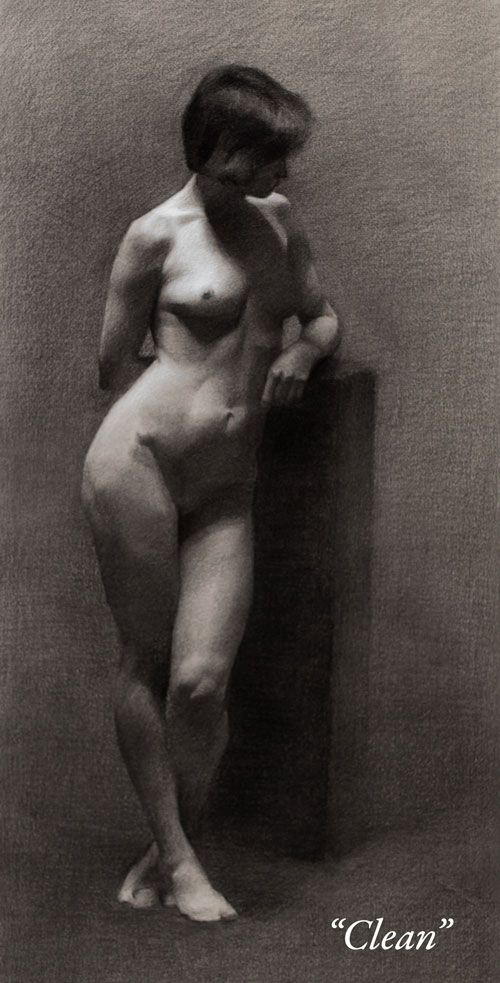

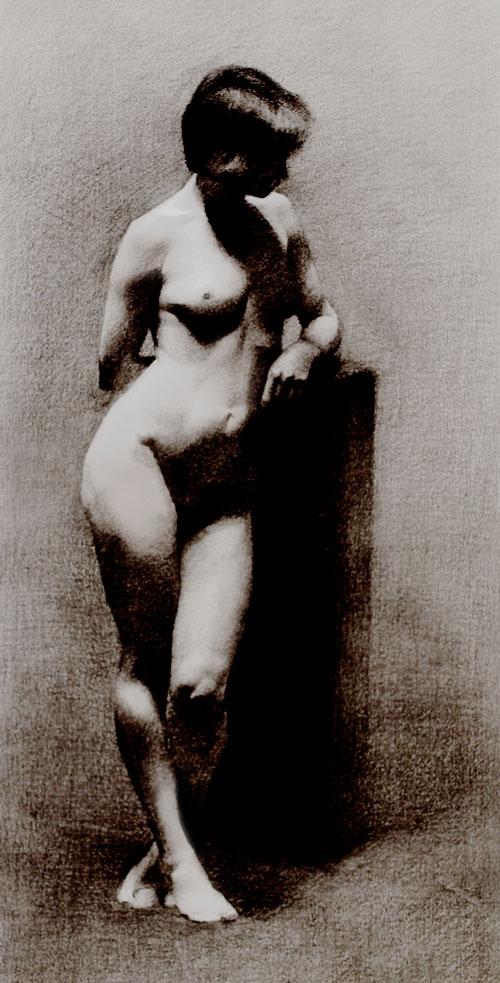
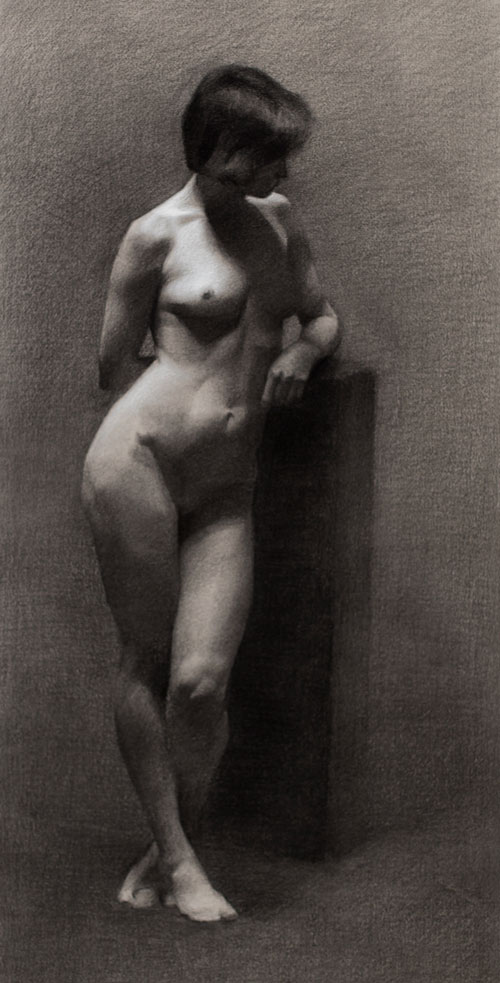
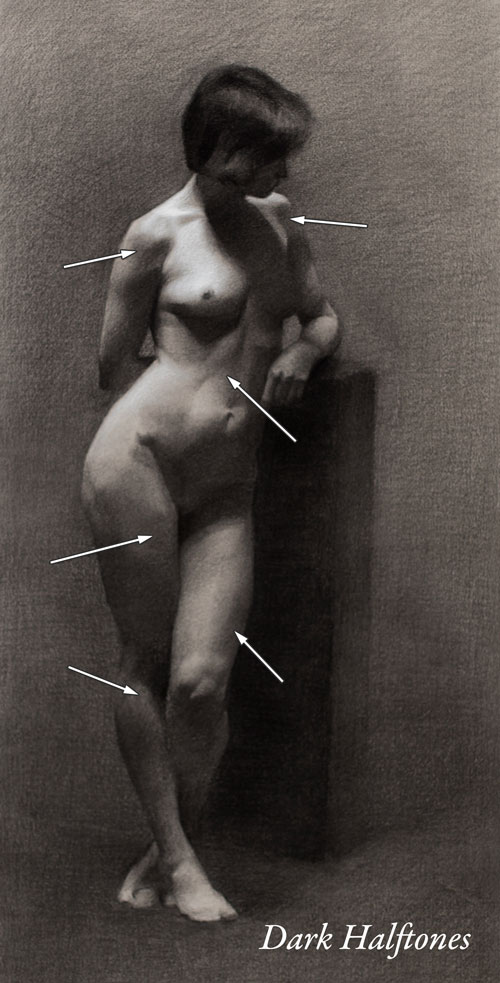
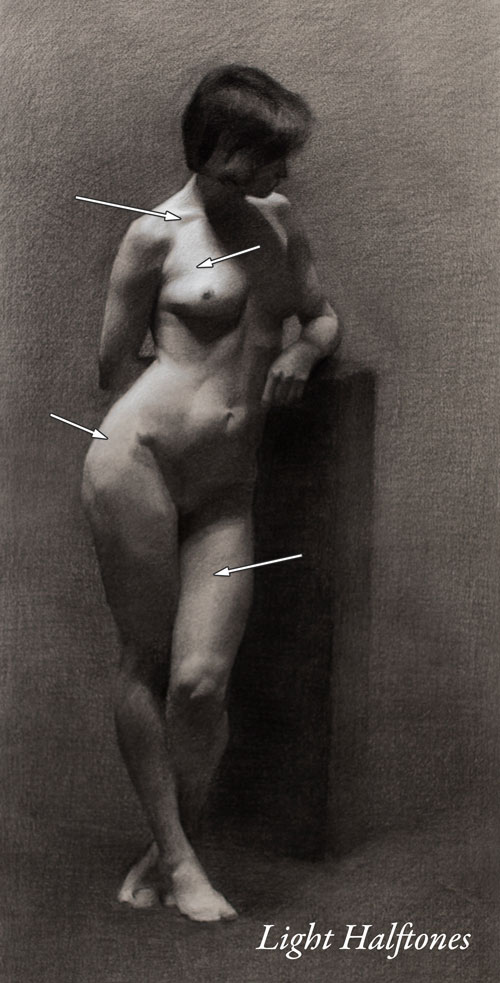
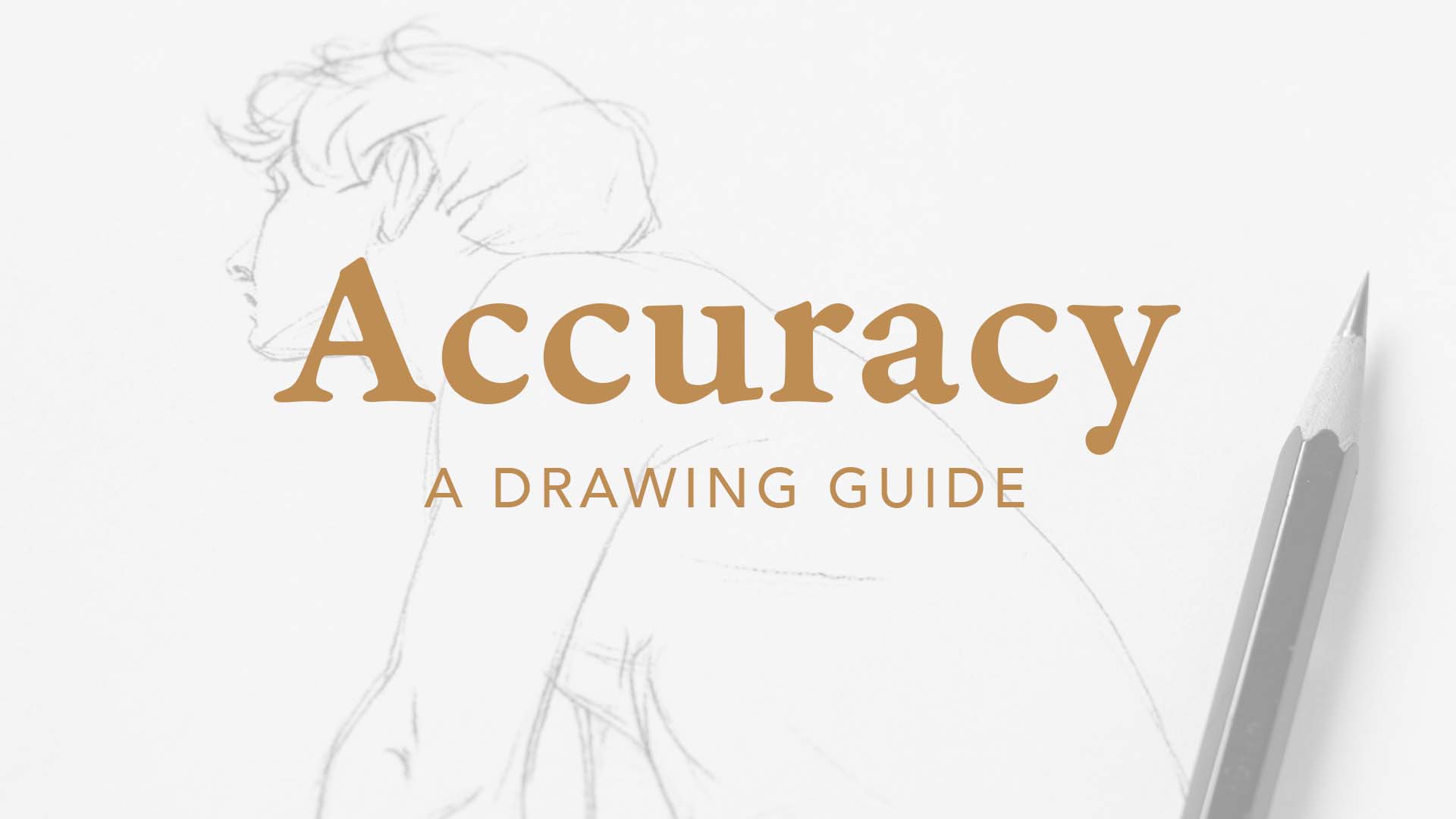
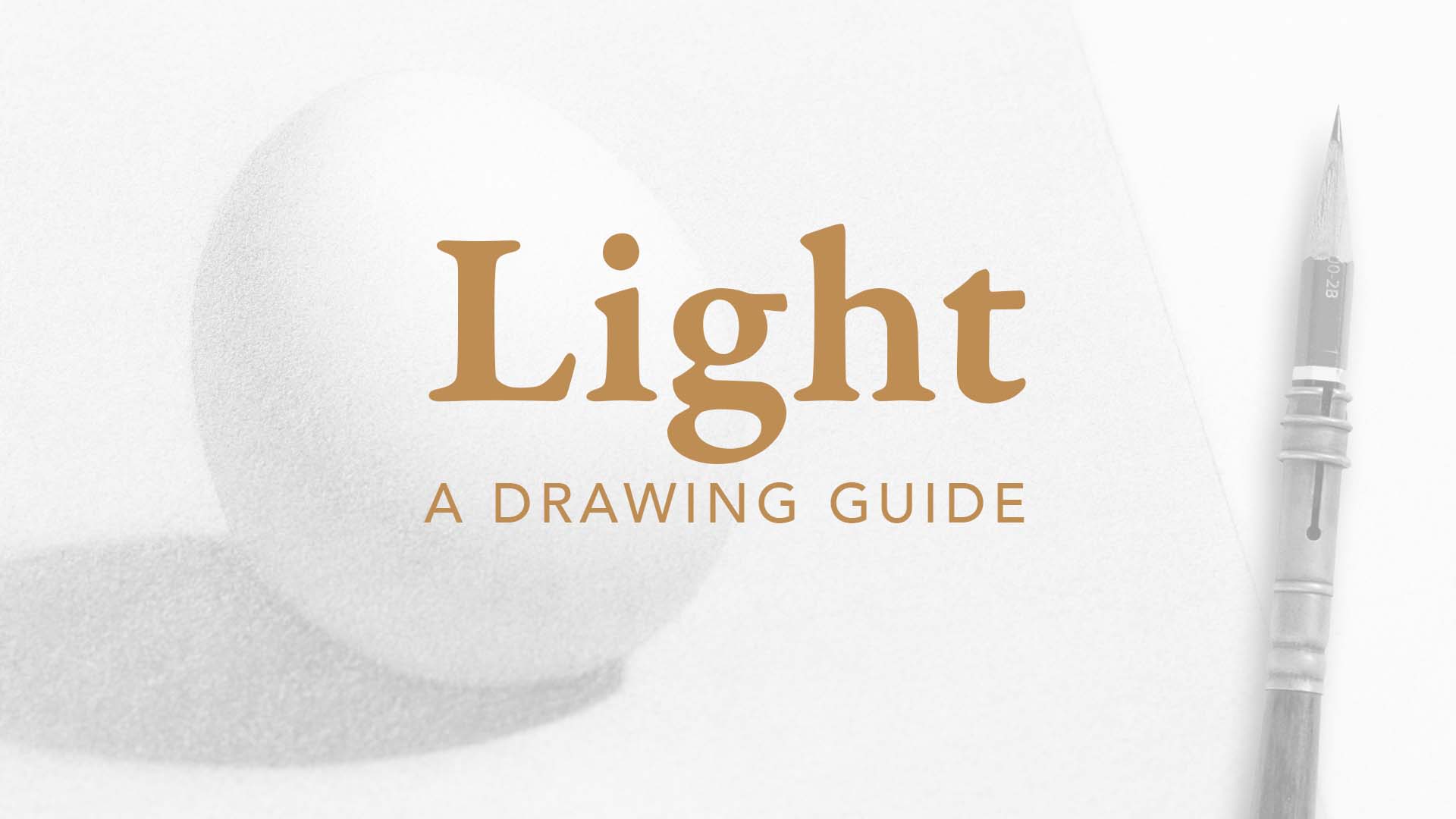
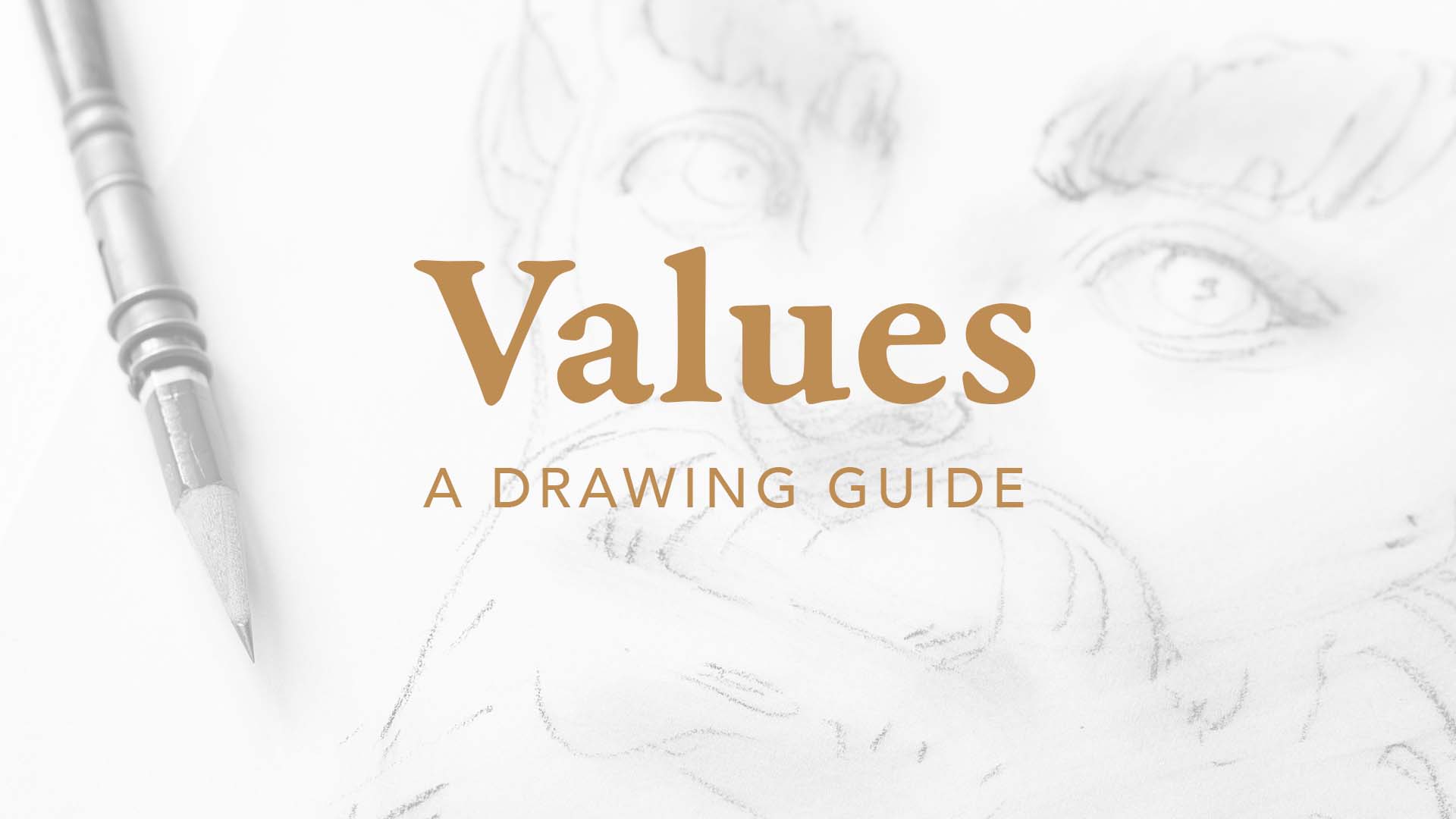
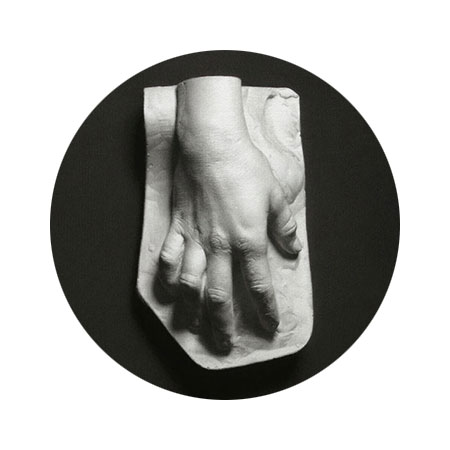
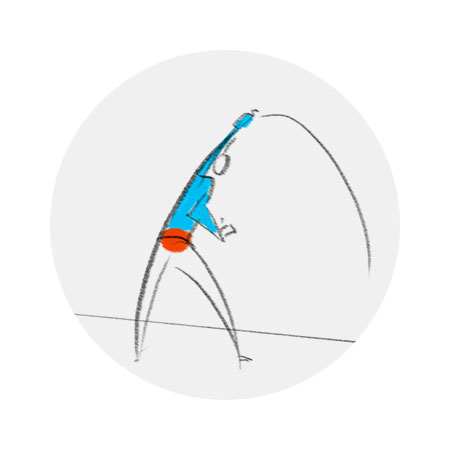
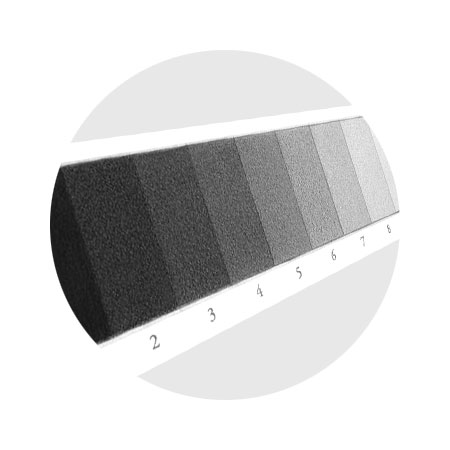

This is a great explanation for half tones thanks
Cheers Ann!
Man this is great! thanks for this!
Glad it helps, Jose!